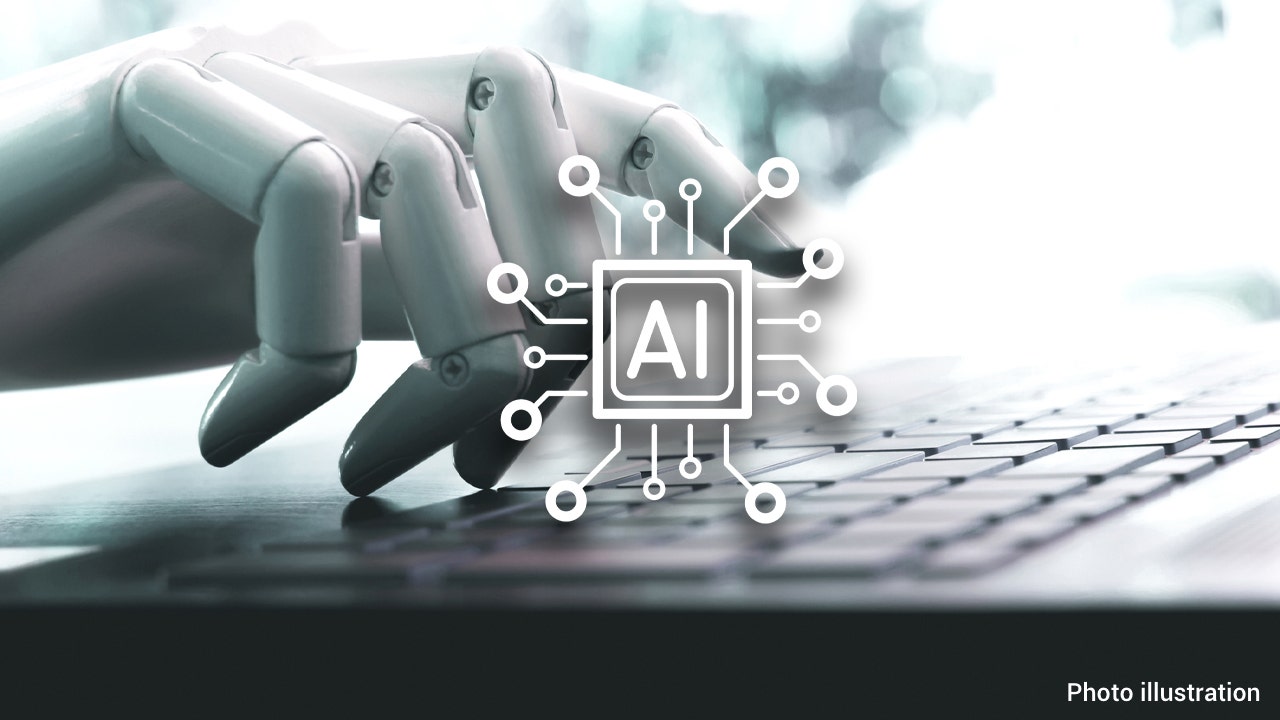AI, short for artificial intelligence, is a field within computer science that aims to understand and replicate human intelligence. It enables machines to mimic human capabilities, such as completing tasks, processing human language, and recognizing speech. AI is considered the forefront of technological innovation, with its main goal being to automate tedious tasks and provide instant access to highly detailed and focused information.
One of the key abilities of AI is its capacity to consume and process vast amounts of data, allowing it to identify patterns and make predictions for future tasks. However, the increasing interest in AI worldwide also brings concerns about its potential impact on jobs, companies, industries, and even human existence. In fact, a report released by Goldman Sachs warned that AI, including ChatGPT—an AI chatbot created by OpenAI—could pose a threat to 300 million jobs, particularly those involving repetitive tasks and manual labor.
In simple terms, AI refers to the use of technology to replicate and perform tasks that typically require human intelligence. It has been employed in various ways for many years, although its prominence and relevance in society have recently surged. There are different types of AI:
1. Reactive Machines: These are basic AI systems designed to react to specific inputs and provide corresponding outputs. They do not have the ability to learn new concepts but rely on existing data to generate recommendations. An example of this is the recommendations section on Netflix, where the platform suggests TV shows and movies based on users’ search and watch history.
2. Limited Memory: This type of AI utilizes previously acquired data to build knowledge for future use. Self-driving cars are a prime example of limited memory AI, as they use signals and sensors to detect their surroundings and make driving decisions based on past experiences.
3. Theory of Mind: Theory of Mind refers to AI’s ability to understand that humans have thoughts, feelings, emotions, desires, etc., which influence their behavior and decision-making. Early AI adaptations struggled with this concept, but significant advancements have been made. AI would need to develop an understanding of human emotions and the ability to adjust its behavior accordingly. ChatGPT, for instance, has passed a theory of mind test comparable to that of a 9-year-old.
4. Self-Awareness: Self-aware AI represents the most advanced stage of development. It involves machines achieving human-like consciousness, emotions, empathy, and the ability to establish their own identity. Currently, creating self-aware AI is not possible, as replicating human consciousness in machines remains a challenge for scientists.
The rise of AI, particularly ChatGPT, raises concerns about job displacement. According to a report by Challenger, Gray & Christmas, 4.8 million jobs could be replaced by ChatGPT in the coming years, primarily in roles that involve repetitive and predictable tasks. A Tidio survey highlighted that individuals with graduate degrees are most worried about job loss due to AI, with nearly 69% expressing their fear. Despite these concerns, AI is already integrated into our daily lives in various ways, often without us realizing it.
Examples of AI usage include facial recognition technology, social media operations (e.g., content violation detection, language interpretation), voice assistants (e.g., Siri, Alexa), smart devices (e.g., home security systems), search engines (e.g., Google, Bing), and software with recommendation features (e.g., Netflix, Instagram). These applications rely on AI technology to improve user experiences, enhance search results, and provide personalized suggestions.
Artificial narrow intelligence (ANI), also known as “weak” AI, refers to AI systems that can handle specific or limited tasks. ANI is the opposite of strong AI, which is capable of handling a wide range of tasks. Siri, Netflix recommendations, and weather apps are examples of ANI, as they excel in specific areas but struggle with tasks beyond their immediate capabilities.
In conclusion, AI is a rapidly evolving field that seeks to replicate human intelligence and perform tasks with high accuracy. While it offers significant potential for innovation and efficiency, there are concerns about its impact on employment and society as a whole. Nonetheless, AI is already an integral part of our daily lives, empowering various technologies and enhancing user experiences in diverse domains.
Denial of responsibility! VigourTimes is an automatic aggregator of Global media. In each content, the hyperlink to the primary source is specified. All trademarks belong to their rightful owners, and all materials to their authors. For any complaint, please reach us at – [email protected]. We will take necessary action within 24 hours.


